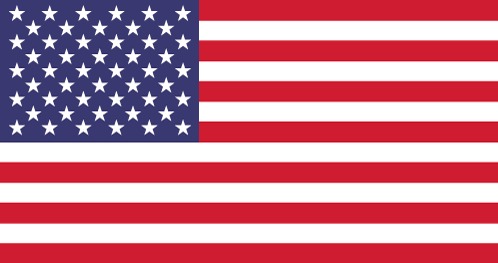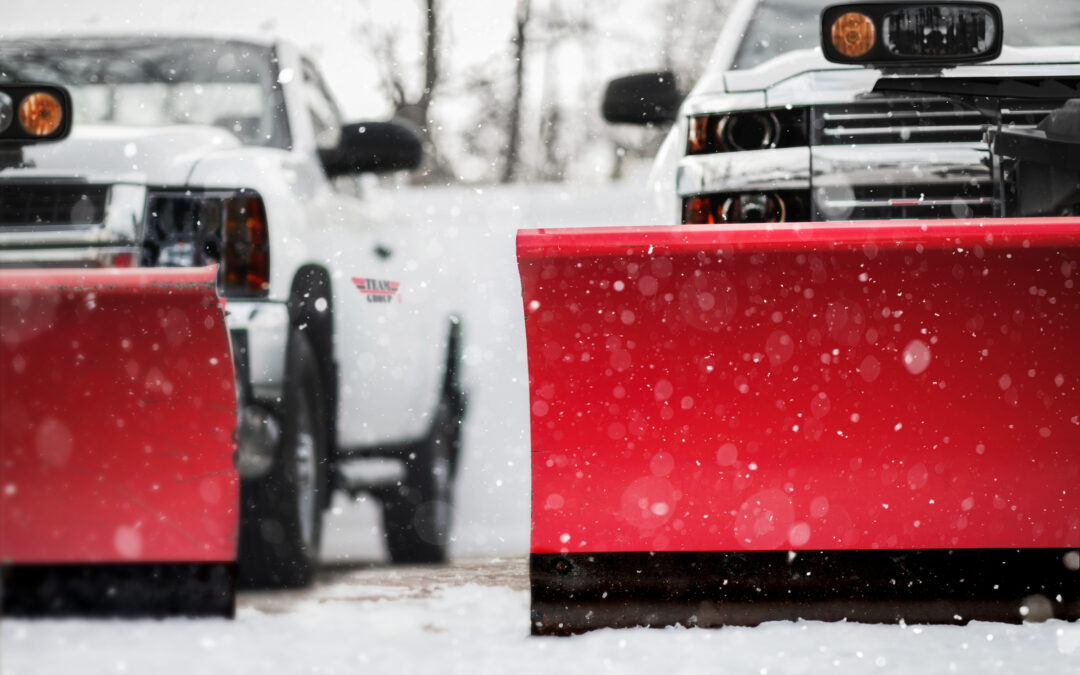As winter settles in, industrial facility managers must gear up for the challenges posed by cold temperatures, snow, and ice.
Winter brings a distinct set of challenges for facility management, with freezing temperatures and precipitation posing potential disruptions to operations and safety. At TEAM, we advocate a proactive approach, emphasizing preventive maintenance and strategic planning to mitigate risks, prevent emergency repairs, and foster a safe environment for workers and visitors during the colder months.
During winter tasks like snow removal, driving in snowy conditions, and addressing downed power lines or trees, workers face various hazards. Employers have the responsibility to safeguard workers from potential hazards in their work environment. Employers should assess and select appropriate equipment for winter-related tasks, along with the necessary personal protective gear. It is crucial to provide adequate training to workers on the correct usage of these tools and equipment.
According to the U.S. Bureau of Labor Statistics there were over 20,000 occupational injuries related to ice, sleet and snow in 2017.
Importance of Winter Facility Maintenance for Employee Safety
- Prevent Slips, Trips, and Falls: The accumulation of snow and ice poses a significant risk of slips, trips, and falls in industrial settings. Regularly clearing walkways, parking lots, and work areas is critical in minimizing these hazards. Providing employees with appropriate footwear and emphasizing the importance of cautious movement during winter conditions further contributes to a safer working environment.
- Maintain Proper Lighting: With winter comes shorter days and longer nights, emphasizing the need for proper lighting in and around the facility. Well-lit pathways and work areas are essential for preventing accidents. Regular checks and maintenance of exterior and interior lighting systems ensure that employees can navigate the facility safely, even in low-light conditions.
- Comfortable Indoor Temperatures: Beyond the external environment, maintaining a comfortable indoor temperature is crucial for employee well-being. Regular checks and calibrations of heating systems ensure a consistent and warm atmosphere throughout the facility. Providing employees with guidelines on appropriate attire for colder temperatures contributes to their comfort and safety.
- Safe Equipment: Cold temperatures can adversely affect the performance of machinery and equipment. Regular inspections are essential to identify and address potential issues promptly. This proactive approach not only ensures operational efficiency but also minimizes the risk of equipment malfunctions that could pose safety hazards to employees.
Businesses have an obligation to ensure the safety of individuals on their premises, which includes taking measures to prevent slips and falls – as well as other winter-related injuries.
Winter Emergency Preparedness: Where To Start
- Develop a Winter Emergency Plan: Crafting a comprehensive winter emergency plan is the first step toward ensuring the safety of facility occupants. This plan should delineate specific procedures for various emergency scenarios, assigning responsibilities and detailing communication protocols. Regular drills and training sessions are essential to familiarize all employees with these procedures, fostering a quick and effective response in times of crisis.
- Check and Maintain Emergency Equipment: The functionality of emergency equipment is paramount during the winter season. Cold temperatures can affect the efficacy of devices such as fire extinguishers and emergency lighting. Regular inspections and maintenance routines are crucial to guarantee that all emergency equipment is in optimal working condition when needed.
- Winterize Critical Infrastructure: Protecting critical infrastructure from the harsh winter conditions is imperative for uninterrupted operations. Identify vulnerable components, such as water pipes and HVAC systems, and implement insulation and heating solutions. Winterization efforts ensure the reliability of these systems, preventing disruptions that could compromise the safety of employees and the facility.
- Prepare your facility: Preparing your facility for winter is all about predictive and preventive maintenance. This can include anything from assessing windows and doors for air leaks to cleaning furnace filters and checking the roof for damage.
Preparing Your Facility for Winter
- Maintain HVAC Systems:
Preventative care for HVAC systems is essential for optimal performance during winter. While existing maintenance plans are likely in place, consider these preparations to enhance system efficiency and readiness:
-
- Regularly check and replace air filters.
- Conduct thorough cleaning of ductwork.
- Inspect for potential leaks.
- Calibrate thermostats for accuracy.
- Examine heat pumps.
- Inspect electrical connections for any issues.
- Prepare for Power Outages:
Winter-related challenges such as storms can lead to power outages. Ensuring the functionality of secondary power sources, like backup generators, is vital:
-
- Conduct regular maintenance on power generators.
- Test generators for operation and switchover before potential incidents.
- Confirm an adequate fuel supply for generators.
- Check for exposed wiring, especially in areas susceptible to freezing temperatures and melting ice or snow.
- Inspect Plumbing:
Proactive measures are critical to preventing water system issues during freezing temperatures:
-
- Check all fixtures and piping for leaks.
- Ensure proper insulation to prevent freezing, bursting, or flooding.
- Inspect valves and shutoffs for correct operation.
- Protect Workers from Slippery Floors:
Even if the pathways to and from your facility are snow-free, there is still a risk of slipperiness due to residual moisture or ongoing snowfall. As part of your winter readiness protocol, incorporate the practice of placing anti-slip mats at every entrance and exit.
Rubber mats deliver the traction necessary for employees and customers to securely remove snow and moisture from their footwear before entering your establishment. Beyond reducing the likelihood of slips and falls at entry points, mats also offer an extra layer of defense for your floors by minimizing the tracking in of moisture, mud, and dirt.
- Inspect Outdoor Areas:
A comprehensive inspection of buildings and their surroundings is key to identifying potential issues before winter weather strikes:
-
- Inspect roofing for any damage or holes that could result in leaks during snowmelt.
- Clear debris from roofs and gutters to ensure proper drainage.
- Confirm insulation for windows and doors.
- Regularly check parking lots and sidewalks for cracks and potholes.
- Monitor potential threats such as hanging tree limbs.
- Choose Sustainable Snow and Ice Removal:
Even small amounts of snow and ice can prevent your team from operating as usual, most commonly affecting foot traffic, shipping and receiving through loading docks or simply the parking lots and roadways. To address these challenges responsibly, consider the following sustainable snow and ice removal strategies:
Choose Eco-Friendly Deicers: Opt for environmentally friendly deicers to avoid the negative impact of traditional options on soil and water. Materials like calcium magnesium acetate (CMA) or potassium acetate offer effective results without compromising environmental integrity.
Prioritize Manual Removal: While chemical deicers provide convenience, manual removal methods present an eco-friendly alternative. Shoveling and plowing not only reduce ecological impact but also promote physical activity for employees.
Implement Sustainable Salting Strategies: In situations where salt is unavoidable, adopting a sustainable salting strategy is essential. Using minimal salt prevents runoff and potential environmental harm. Pre-wetting salt with brine solutions enhances its effectiveness, allowing for the use of less salt while achieving desired results. Some alternatives to salt include sand and woodchips.
TEAM Group: Your Partner in Winter Facility Management
At TEAM, we recognize that snow and ice events pose challenges for your business. That’s why we are dedicated to alleviating your concerns and ensuring a worry-free winter season.
Our winter faciity managementservices include:
- 24/7 Dispatch & Dedicated Teams
- Nightly Site Inspections
- On/Off-Site Snow Relocation
- Mobile Documentation
- 100% Satisfaction
Managing facilities is a year-round responsibility that demands meticulous planning and preparation. However, the winter season introduces a unique set of challenges that can strain even the most well-maintained facilities. With harsh winds, freezing temperatures, heavy snowfall, ice, and reduced daylight, the winter workload becomes particularly demanding.
Choosing TEAM Group as your facility management partner can significantly ease the burden associated with winter challenges. We use modern technology such as real weather information systems (Rwis0, innovative deicers, snowbots and automated vehicle technology (AVT) to help us manage your facility. From cost reduction initiatives to optimizing your facility management programs for enhanced efficiency and sustainability, TEAM Group is dedicated to providing the support you need to elevate your operations during the winter months.






